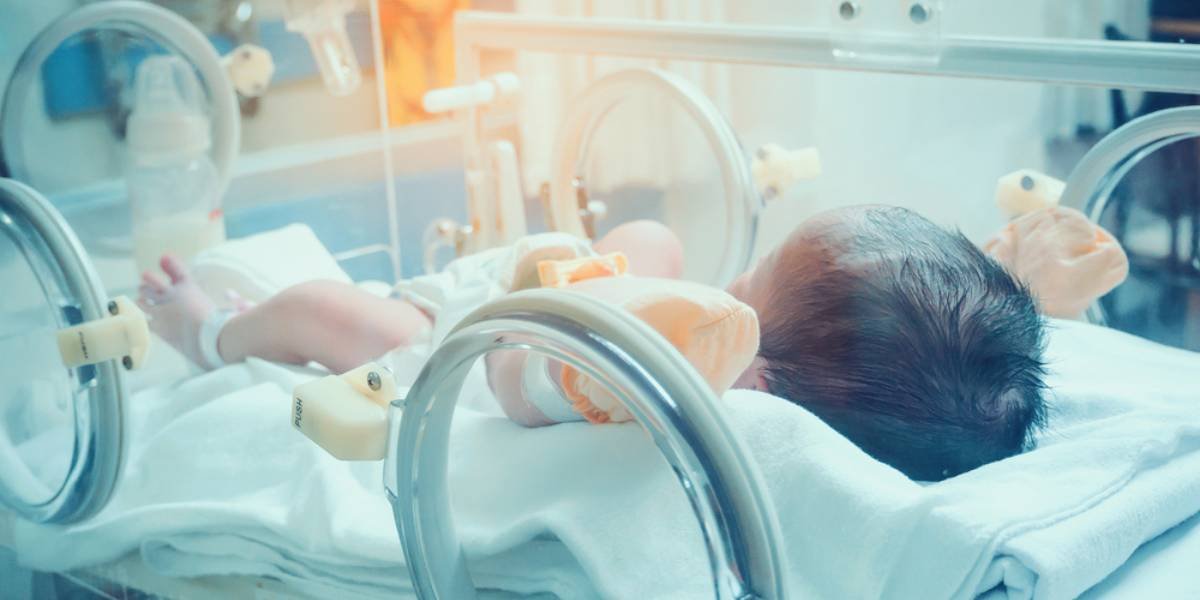A two-month-old girl with bubble baby syndrome underwent bone marrow transplant (BMT) in Mumbai recently.
About Bubble Baby Syndrome
- ‘Bubble baby syndrome,’ known medically as Severe Combined Immunodeficiency (SCID) is very rare genetic disorder that causes life-threatening problems with the immune system.
- It is a type of primary immune deficiency.
- The disease is known as “living in the bubble” syndrome because living in a normal environment can be fatal to a child who has it.
- What happens in SCID?
- In a developing baby, the immune system starts in the bone marrow. Stem cells can become any of three different types of blood cells.
- red blood cells
- white blood cells
- platelets
- White blood cells (WBCs) protect the body from infections and foreign invaders. There are different kinds of WBCs, including lymphocytes.
- Lymphocytes come in two main types: B-cells and T-cells. These cells are key to fighting infections.
- T cells identify, attack, and kill “invaders.”
- B cells make antibodies that “remember” an infection and are ready in case the body is exposed to it again.
- SCID is a “combined” immunodeficiency because it affects both of these infection-fighting white blood cells.
- In SCID, the child’s body has too few lymphocytes or lymphocytes that don’t work properly.
- Because the immune system doesn’t work as it should, it can be difficult or impossible for it to battle the germs—viruses, bacteria, and fungi—that cause infections.
- In a developing baby, the immune system starts in the bone marrow. Stem cells can become any of three different types of blood cells.
- Causes:
- Inherited mutations in more than a different genes cause SCID.
- This means one or both birth parents pass down the disease to their child.
- Symptoms: Babies with SCID may appear healthy at birth, but problems can start soon after, such as:
- failure to thrive
- chronic diarrhea
- frequent, often serious respiratory infections
- oral thrush (a type of yeast infection in the mouth)
- other bacterial, viral, or fungal infections that can be serious and hard to treat.
- Treatment:
- SCID is a pediatric emergency. Without treatment, babies are not likely to survive past their first birthday.
- The most common treatment is a stem cell transplant (also called a bone marrow transplant). This means the child receives stem cells from a donor. The hope is that these new cells will rebuild the child’s immune system.




